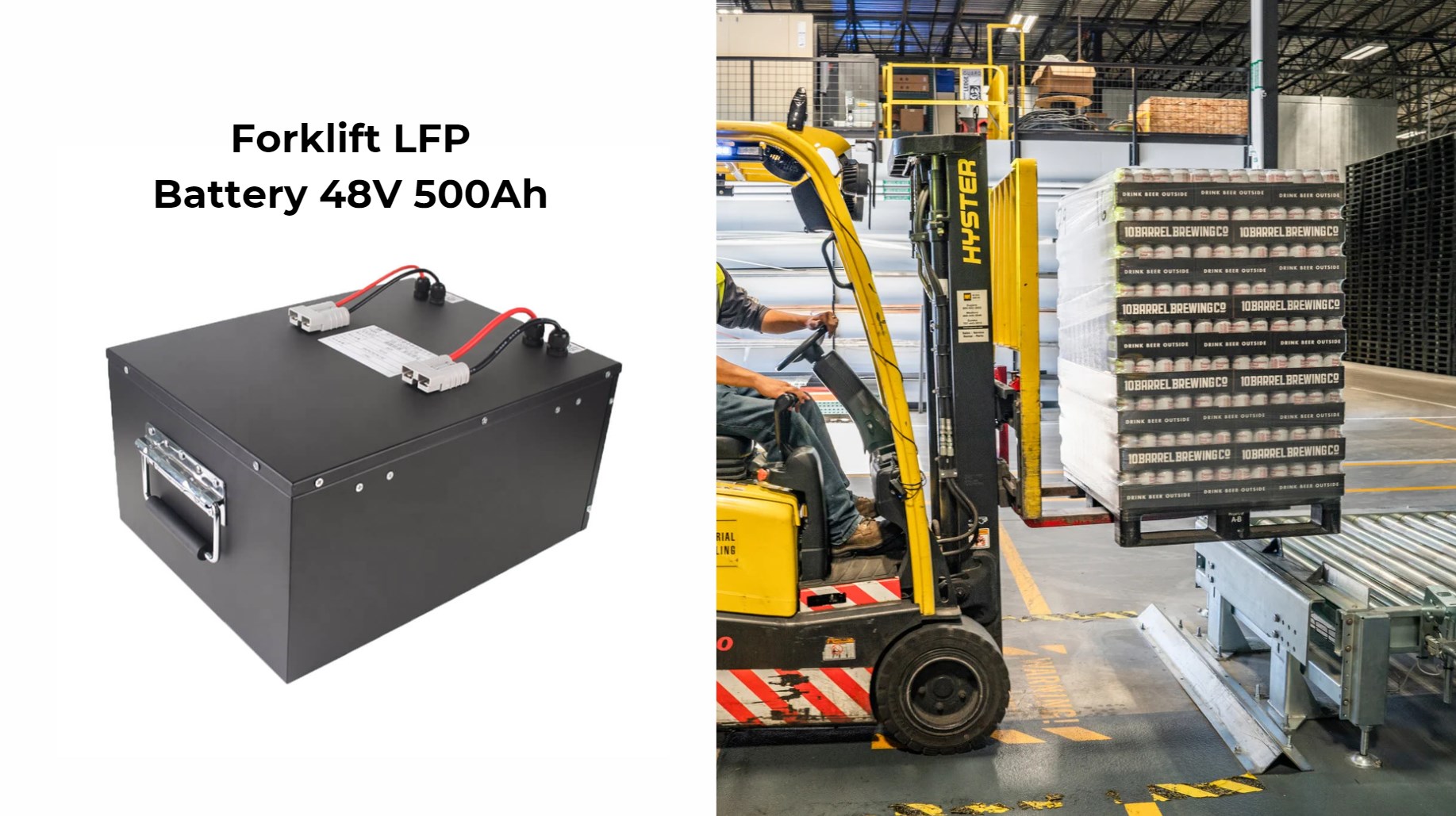To charge a forklift battery off-grid, use solar panels or portable generators with an appropriate inverter/charger that matches the battery’s voltage requirements. Ensure that all connections are secure and monitor charging levels regularly for safety.
In today’s world, the demand for sustainable and independent energy solutions is on the rise. For businesses relying on forklift operations, learning how to charge a forklift battery off-grid can be an essential skill. This article provides comprehensive, step-by-step guidance on achieving this efficiently and effectively.
Understanding Forklift Battery Basics
Forklift batteries are the lifeblood of electric forklifts. Typically, these batteries come in two main types: lead-acid and lithium-ion. Each has its own charging requirements and maintenance needs. For off-grid charging, it is crucial to understand the specific needs of your battery type to optimize performance and longevity.
Wholesale lithium golf cart batteries with 10-year life? Check here.
Lead-Acid Batteries
Lead-acid batteries are the most common type used in forklifts. They require regular watering and maintenance. Charging these batteries involves ensuring they reach a full charge to prevent sulfation and prolong their lifespan.
Lithium-Ion Batteries
Lithium-ion batteries, on the other hand, are more efficient and require less maintenance. They can be charged at any time without the risk of damaging the battery, unlike lead-acid batteries which need a complete discharge before recharging.
Want OEM lithium forklift batteries at wholesale prices? Check here.
Choosing the Right Off-Grid Power Source
Selecting an appropriate power source is the first step in setting up an off-grid charging system. The most common options include solar power, wind power, and generator power. Each has its own benefits and can be used independently or in combination to ensure a reliable power supply.
Solar Power
Solar power is a sustainable and increasingly affordable option. It involves installing solar panels to capture sunlight and convert it into electricity. For charging forklift batteries, you will need:
- Solar Panels: The number and size depend on your energy needs and geographic location.
- Charge Controller: To regulate the power going to the batteries and prevent overcharging.
- Battery Bank: To store the solar energy for use when there is no sunlight.
- Inverter: To convert the stored DC power into AC power for charging the forklift batteries.
Wind Power
Wind power is another renewable energy source that can be utilized. It involves setting up wind turbines to generate electricity from wind energy. The main components required include:
- Wind Turbines: The size and number depend on wind availability and power needs.
- Charge Controller: To manage the power flow and protect the batteries.
- Battery Bank: To store the generated power.
- Inverter: To convert DC power to AC power for charging.
Generator Power
For locations where solar or wind power may not be feasible, generators can be a reliable alternative. Diesel or propane generators can provide consistent power but are less environmentally friendly. The setup involves:
- Generator: Adequate capacity to meet the forklift battery charging requirements.
- Fuel Supply: Sufficient storage for continuous operation.
- Inverter: If the generator outputs DC power, an inverter will be needed to convert it to AC power.
Setting Up the Charging System
Once the power source is chosen, setting up the system involves connecting the components correctly to ensure safe and efficient charging.
Step-by-Step Setup
- Install Solar Panels/Wind Turbines/Generator: Position them optimally to maximize energy capture.
- Connect Charge Controller: This device is critical to prevent battery damage from overcharging.
- Set Up Battery Bank: Ensure batteries are compatible and correctly wired to store energy.
- Install Inverter: Convert stored DC power to AC power if needed.
- Connect Forklift Charger: Use the appropriate charger for your forklift battery type, ensuring all connections are secure.
Maintenance and Monitoring
To keep your off-grid charging system running efficiently, regular maintenance and monitoring are essential.
Solar and Wind Systems
- Inspect Panels/Turbines: Regularly check for damage and clean to ensure maximum efficiency.
- Battery Maintenance: For lead-acid batteries, check water levels and ensure terminals are clean.
- Monitor Output: Use monitoring systems to track power generation and battery charge levels.
Generator Systems
- Routine Checks: Regularly inspect and service the generator to ensure it operates efficiently.
- Fuel Management: Ensure a consistent fuel supply and proper storage to avoid interruptions.
Safety Considerations
Charging forklift batteries off-grid involves dealing with high-voltage equipment. Safety should always be a top priority.
General Safety Tips
- Proper Ventilation: Ensure the charging area is well-ventilated to prevent the buildup of dangerous gases.
- Personal Protective Equipment (PPE): Always wear appropriate PPE, including gloves and eye protection.
- Correct Handling: Follow manufacturer guidelines for handling and charging batteries to avoid accidents.
Emergency Procedures
- Fire Safety: Have fire extinguishers rated for electrical fires nearby.
- First Aid: Be prepared with first aid kits and training for dealing with potential accidents.
Optimizing Charging Efficiency
To maximize the efficiency of your off-grid charging system, consider the following tips:
Energy Management
- Load Balancing: Distribute energy usage evenly to avoid overloading the system.
- Peak Usage: Charge batteries during peak energy production times, typically during midday for solar power.
Upgrading Components
- High-Efficiency Inverters: Invest in high-quality inverters to reduce energy loss.
- Advanced Batteries: Consider upgrading to lithium-ion batteries for better efficiency and longer lifespan.
Conclusion
Charging a forklift battery off-grid requires careful planning and setup but offers numerous benefits, including sustainability and independence from the grid. By understanding your power needs, selecting the right components, and maintaining your system diligently, you can ensure a reliable and efficient off-grid charging solution. This comprehensive guide should equip you with the knowledge needed to successfully implement and manage an off-grid forklift battery charging system.






